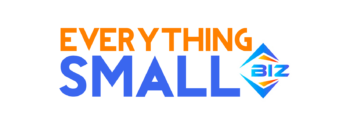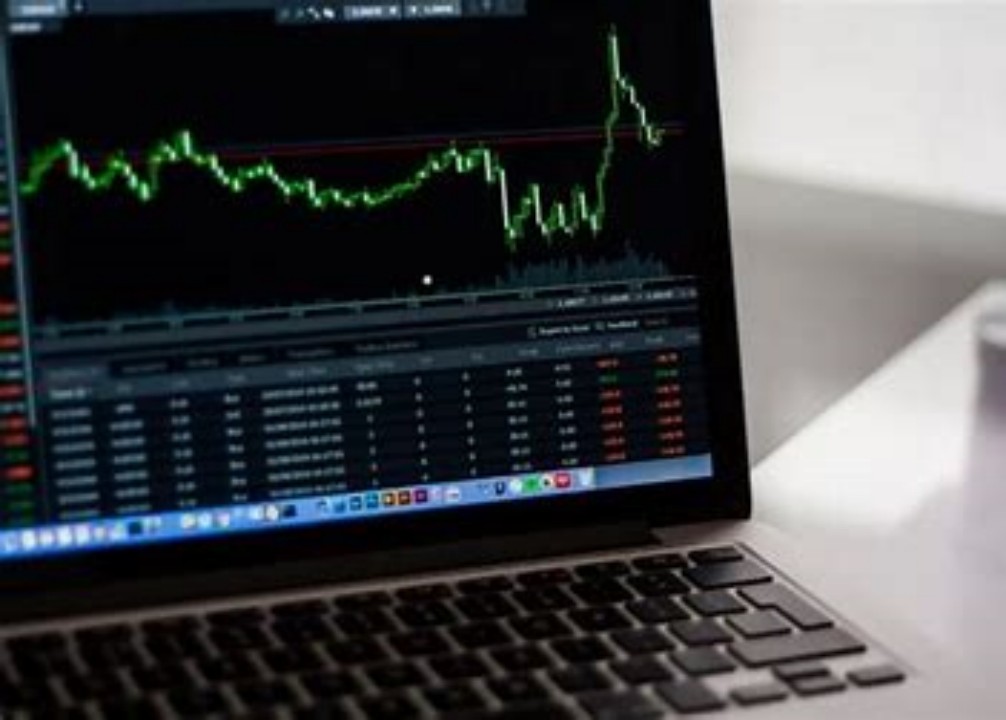The world of finance is a dynamic and ever-changing landscape, where the heartbeat of the global economy can make or break a trader’s day. For those who thrive on the adrenaline of the markets, CFD trading offers a thrilling way to ride the waves of economic fluctuations. But how can one stay ahead of the curve and make informed decisions in this fast-paced environment? The answer lies in integrating economic calendars with CFD trading strategies.
The Power of the Economic Calendar
An economic calendar is a tool that lists all the significant economic events and data releases that can impact financial market. It’s like having a roadmap to navigate the twists and turns of the market. Traders who pay attention to these events can gain a competitive edge by anticipating market reactions and adjusting their positions accordingly.
Markets React to Economic Data
Markets are a living, breathing entity that responds to the pulse of economic data. When a country announces a change in interest rates or a new employment report, it sends ripples through the financial world. Savvy traders who are tuned into these events can capitalize on the volatility that follows, using CFDs to take positions that reflect their analysis of the market’s direction.
The Role of CFD Trading Platforms
Trading platforms that offer CFDs are the gateway to the markets for many traders. These platforms provide access to a wide range of financial instruments, including currencies, indices, commodities, and stocks. With the integration of economic calendars on these platforms, traders can have a more holistic view of the market and make decisions that are grounded in real-time data.
Personalizing Your Trading Experience
One of the beauties of CFD trading is the ability to personalize your trading experience. By setting up alerts for specific economic events or data releases, you can tailor your trading strategy to focus on the markets and events that matter most to you. This level of customization allows you to react quickly to market changes and make decisions that are aligned with your trading goals.
Embracing the Emotional Side of Trading
Trading is not just a cold, calculated science; it’s also an art that involves emotions. The excitement of a big market move, the anticipation of an economic announcement – these are the elements that make trading a passion for many. Embracing the emotional side of trading can help you stay connected to the markets and make decisions that are not only rational but also intuitive.
The Human Touch in Automated Systems
While automation and algorithms play a significant role in modern trading, there’s no substitute for the human touch. Traders who can combine the power of technology with their own insights and instincts can create a unique trading strategy that is both efficient and effective.
Staying Informed and Connected
In the world of CFD trading, staying informed is crucial. By following financial news, participating in trading communities, and engaging with other traders, you can keep your finger on the pulse of the market. This connectedness can provide you with a wealth of information and diverse perspectives that can enhance your trading strategy.
The Importance of Timing
Timing is everything in trading. Whether you’re day trading or holding a position for the long term, the ability to enter and exit the market at the right moment can make all the difference. By integrating economic calendars with your CFD trading, you can better time your trades to coincide with significant market events.
Risk Management: The Safety Net
While the potential for profit in CFD trading is high, so is the risk. Effective risk management is essential to protect your capital and ensure that you can continue trading even in the face of market volatility. By setting stop-loss orders and only risking a small percentage of your capital on any single trade, you can mitigate the impact of adverse market movements.
Conclusion
Integrating Economic Calendar with CFD trading is not just about following the numbers; it’s about understanding the story behind the data and using that knowledge to make informed trading decisions. By staying connected to the markets, embracing the emotional side of trading, and combining technology with human insight, you can navigate the ever-changing landscape of the financial world and find success in the world of CFD trading.

